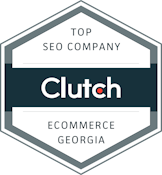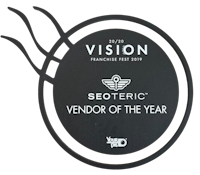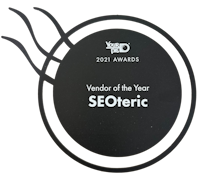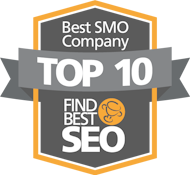Google AI Max Search Ad 2025: A New Era in Digital Advertising
The launch of Google AI Max Search ad in 2025 marks a major advancement in online advertising. This format uses advanced artificial intelligence to deliver highly personalized, dynamic content integrated within Google’s ecosystem. Unlike previous ads, AI Max adapts in real time to user behavior and context, giving advertisers greater control and flexibility. As noted by Search Engine Land, “Google’s AI Max Search ad represents a leap forward in how ads interact with users, blending machine learning with user intent to create a more engaging experience.” This shift prioritizes relevance and user engagement, transforming how brands connect with audiences.

Innovations Behind Google AI Max Search Ad
Google AI Max Search ad tailors ad content with precision by dynamically adjusting based on real-time user interactions and contextual signals. Unlike traditional search ads that rely on static keywords and fixed messaging, this format creates a uniquely relevant experience for each user, reflecting their current needs and preferences. This adaptability enhances engagement and increases the chances of meaningful conversions.
A key feature is its integration within Google’s ecosystem, including YouTube, Google Maps, and Google Shopping. This interconnectedness draws from diverse data sources to build a comprehensive understanding of user intent. The AI-driven engine continuously learns and refines targeting strategies, optimizing performance without manual input. This automation marks a departure from earlier ad formats that required extensive manual setup and lacked fluid responsiveness.
Strategically, AI Max encourages marketers to move away from static messaging toward dynamic narratives that evolve with the user’s journey. This approach focuses on delivering value and relevance at every interaction, creating a less intrusive experience that aligns with user interests and reduces ad fatigue.
By combining machine learning with user intent, Google AI Max Search ad sets a new standard for meaningful audience engagement. It invites marketers to adopt a nuanced understanding of their audiences and use AI to craft impactful, user-respectful experiences.
Key Features and Strategic Impact
Google AI Max Search ad uses unusually long headlines sourced from blog articles rather than traditional landing pages. This emphasis on content richness and informational value generates higher return on ad spend (ROAS) by resonating with users seeking detailed insights instead of quick sales pitches. Advertisers are encouraged to prioritize quality and relevance over brevity.
Automation extends beyond bidding and targeting to creative elements like headlines and sitelinks, which are generated dynamically in real time. While this reduces manual effort, it requires vigilant monitoring to maintain brand safety and consistency. Since content can shift rapidly based on user behavior, ongoing oversight is essential to ensure messaging aligns with brand values.
Integration with Google’s platforms allows ads to adjust fluidly across multiple touchpoints, enhancing relevance and engagement. This enables smarter budget allocation and more effective targeting based on nuanced consumer behavior.
The AI Max format promotes a shift from static campaigns to dynamic, user-centric narratives. Advertisers should invest in rich content libraries and experiment with AI-driven settings to maximize this format’s potential. As Search Engine Land highlights, this innovation “represents a leap forward in how ads interact with users,” moving advertising toward meaningful, context-aware connections.
Frequently Asked Questions About Google AI Max Search Ad 2025
How does Google AI Max Search ad differ from traditional search ads?
Unlike static ads with fixed keywords and copy, AI Max tailors content dynamically based on real-time user behavior and context. The AI continuously learns and adjusts messaging and creative elements without manual updates, maintaining relevance throughout the user’s journey.
How is AI Max integrated within Google’s ecosystem?
The format pulls data from platforms like YouTube, Google Maps, and Google Shopping to build a comprehensive understanding of user intent. This interconnected approach enables contextually aware ads across various touchpoints, improving targeting precision and user experience.
What about the balance between automation and brand control?
While AI Max automates many creative aspects, advertisers must monitor ad previews and performance to ensure brand consistency. Dynamic content generation carries the risk of misaligned messaging if left unchecked, so regular oversight is necessary.
What are the strategic implications of adopting AI Max?
Marketers are encouraged to shift from static campaigns to fluid, user-centric narratives that evolve in real time. Success requires investment in rich content assets and experimentation with AI settings to unlock the format’s full potential. The focus moves toward creating meaningful, context-aware connections that resonate deeply with users.
The Future of Advertising with Google AI Max Search Ad
Google AI Max Search ad combines advanced AI with deep integration across Google’s platforms to deliver personalized, context-aware experiences. This innovation challenges advertisers to embrace dynamic campaigns that evolve with users, fostering stronger audience connections. While automation streamlines creative processes and targeting, careful oversight is essential to maintain brand integrity. AI Max Search ad establishes a new benchmark for relevance and engagement, encouraging marketers to rethink strategies and leverage AI as a tool for impactful advertising.
Original article by Search Engine Land.













.png)

